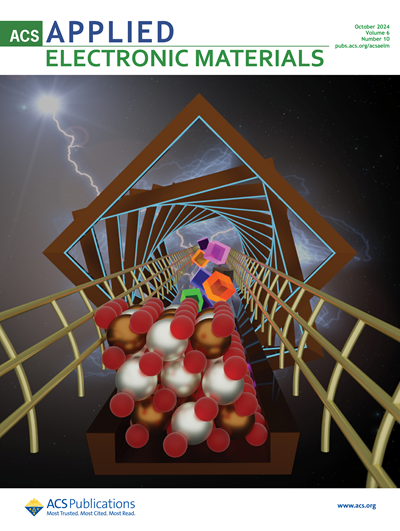揭示禾本科动物古老孑遗世系的全球足迹:来自澳大利亚的新属和新种 Buemarinoidae (Opiliones: Laniatores: Triaenonychoidea)
IF 4.7
3区 材料科学
Q1 ENGINEERING, ELECTRICAL & ELECTRONIC
引用次数: 0
摘要
澳大利亚新南威尔士州新描述了Phocyx gen.这是澳大利亚首次记录到Buemarinoidae科,从而大大扩展了这一古老而古老的Opiliones类群的已知分布范围。我们的描述包括生殖器形态的图像,这是群体诊断的关键因素。此外,我们还论述了Triaenonychoidea内保守的外部形态,并强调了生殖器形态在该超科分类学中的重要意义。极低的物种多样性和在零星孤立的避难所(南半球的热带环境和北半球的低地栖息地)中生存的孑遗类群是一个明显的标志,表明物种灭绝可能在形成Buemarinoidae目前的分布范围方面发挥了重要作用。这一点也反映在Buemarinoid系统学中,即单型属的普遍存在,这是影响这一古老禾本科动物的大规模灭绝过程的产物。本文章由计算机程序翻译,如有差异,请以英文原文为准。
Uncovering the worldwide footprint of an ancient relictual lineage of harvestmen: new genus and species of Buemarinoidae from Australia (Opiliones: Laniatores: Triaenonychoidea)
Phocyx gen. nov. and Phocyx australis sp. nov. have been newly described from New South Wales, Australia. This represents the first record of the family Buemarinoidae in Australia, thereby remarkably extending the known distribution of this ancient and relictual group of Opiliones. Our descriptions include images of genital morphology, a critical element in group diagnosis. Additionally, we present a discourse on the conserved external morphology within Triaenonychoidea and underscore the significance of genital morphology in the taxonomy of this superfamily. Very low species diversity and relict taxa surviving in scattered isolated refugia (tropical environments of the Southern Hemisphere and hypogean habitats of the Northern Hemisphere) are a clear signature that extinction probably played a major role in shaping the current distribution ranges of Buemarinoidae. That is also reflected in buemarinoid systematics by the prevalence of monotypic genera, a product of the large-scale extinction process affecting this old harvestman lineage.
求助全文
通过发布文献求助,成功后即可免费获取论文全文。
去求助
来源期刊

ACS Applied Electronic Materials
Multiple-
CiteScore
7.20
自引率
4.30%
发文量
567
期刊介绍:
ACS Applied Electronic Materials is an interdisciplinary journal publishing original research covering all aspects of electronic materials. The journal is devoted to reports of new and original experimental and theoretical research of an applied nature that integrate knowledge in the areas of materials science, engineering, optics, physics, and chemistry into important applications of electronic materials. Sample research topics that span the journal's scope are inorganic, organic, ionic and polymeric materials with properties that include conducting, semiconducting, superconducting, insulating, dielectric, magnetic, optoelectronic, piezoelectric, ferroelectric and thermoelectric.
Indexed/Abstracted:
Web of Science SCIE
Scopus
CAS
INSPEC
Portico
 求助内容:
求助内容: 应助结果提醒方式:
应助结果提醒方式:


